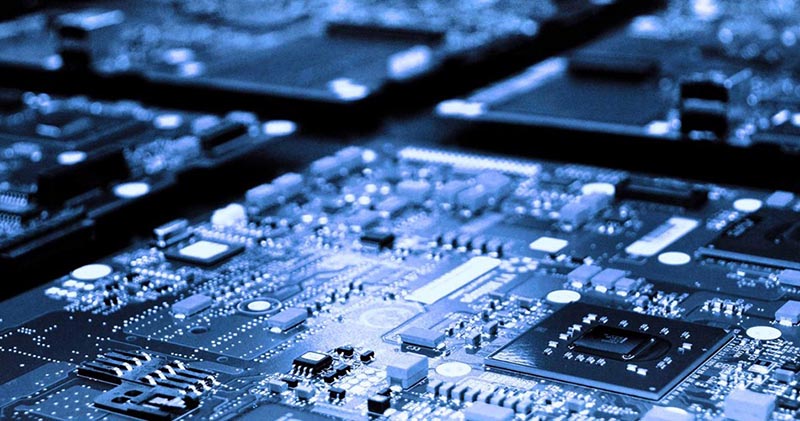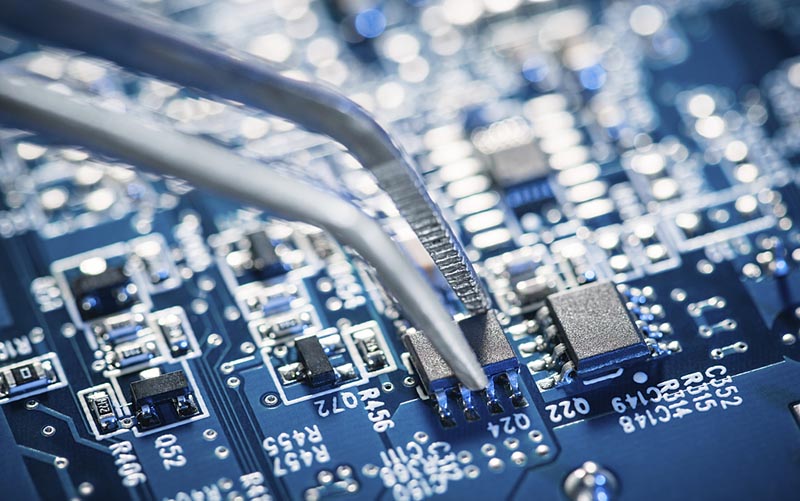Reverse engineering and repair techniques in PCBA assembly are key activities performed to analyse, diagnose and repair problems in electronic devices. Following are some of the important aspects regarding reverse engineering and repair techniques in PCBA assembly:

1、PCB disassembly:
PCB disassembly involves breaking down an assembled PCB into its component parts, usually through hot air solder blowing, desoldering and component removal.
2、Component Identification:
Reverse engineering usually involves identifying components on the PCB, including resistors, capacitors, integrated circuits, etc. This can be achieved through component marking, appearance and characteristics.
3、Circuit Tracing:
By tracing the circuit connections on the PCB, it is possible to understand the layout of the circuit and how it is connected. This is essential for analysing circuit function and design.
4、Scanning Electron Microscope (SEM) and X-ray inspection:
Advanced tools such as SEM and X-ray inspection can be used for detailed component and circuit analysis.
二、Repair Techniques:
1、Soldering and Resoldering:
Soldering is often necessary during the repair process. This includes re-soldering loose connections, replacing failed components, and repairing solder joint problems.

2、Replacement of Components:
Damaged components may need to be replaced during repair. Repair technicians should be able to effectively identify and replace faulty components.
3、Troubleshooting:
Troubleshooting is a core step in the repair process. It involves the use of test equipment (e.g. multimeters, oscilloscopes, spectrum analysers, etc.) to analyse the circuit and find the root cause of the problem.
4、Cleaning and Maintenance:
After repair, cleaning the PCBA to remove residual solder slag, through-holes and other dirt is necessary. Regular maintenance can also help extend the life of electronic equipment.
5、Firmware Upgrade:
In some cases, repairs may involve updating or upgrading the device’s firmware to solve problems or improve performance.
6、Data Backup and Recovery:
During the repair process, data backup and recovery is important for devices that involve data storage. Ensure data integrity and security.


